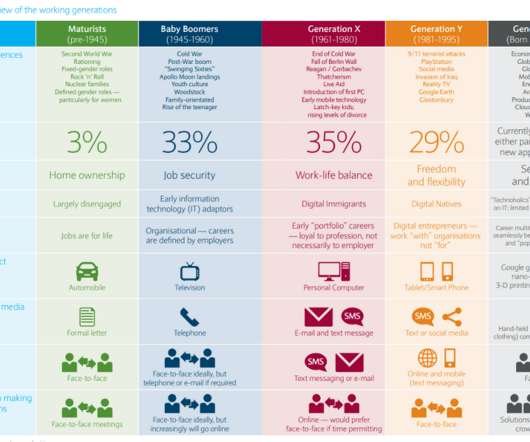Troutman Pepper Weekly Consumer Financial Services Newsletter
Troutman Sanders
NOVEMBER 13, 2023
On November 9, the Department of Education (DOE) announced its plan to implement an oversight strategy of federal student loan servicers that provides several pathways for identifying problems that can harm borrowers, in real-time. For more information, click here. For more information, click here. For more information, click here.












Let's personalize your content